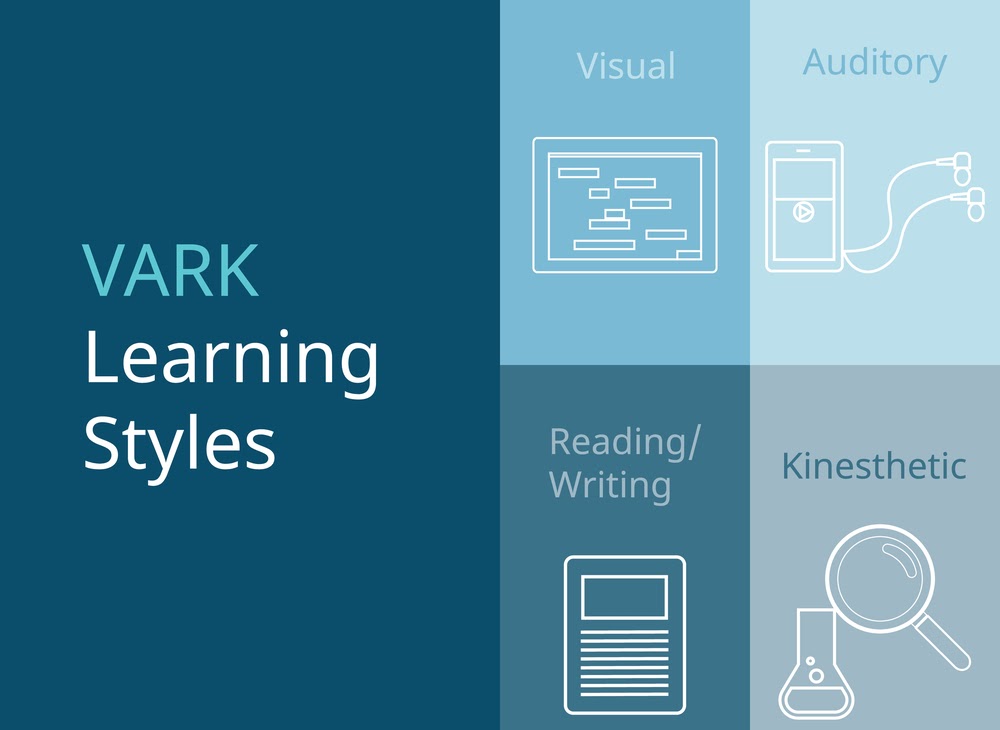
Finding the best programs for reading comprehension when a child is struggling can be a hunt for parents. However, when multiple children in the household are struggling, parents may be looking for a program that can be used to help children with different reading struggles and in different grades.
While not every reading program might be a fit for each child, parents can look for a program that offers the flexibility to be used with more than one learner and that is appropriate for different age groups. Here’s what to consider when families need programs for reading comprehension to help multiple children in the family.
What is the Age Range of the Program?
Households with children whose age ranges vary by several grades need to find a program that is a fit for not just each child’s reading struggles but their age or grade level, too. If a program addresses the needs of a reader in kindergarten, will it also be beneficial for a fourth grader?
Many reading programs require a financial investment; while using the program could only be a monthly fee, the costs could double when multiple accounts are needed. Parents might wish to review the program to ensure that not only will it address each child’s current reading level but that it also provides enough growth capacity to boost each child’s proficiency.
If a program is only appropriate to use up to fourth grade, then a fourth grader struggling with comprehension might only have a minimal benefit from the program. While that program could help a fourth grader reading below grade level hit benchmark expectation for the grade, if that child needs help beyond fourth grade then parents might have to seek out another program.
Instead, parents might want to ensure that the program selected for each child fits their current needs and provides growth support, too.
What is the Cost?
Price and monthly fees can be an issue for families who are on a tight budget. Reading programs can vary in price. Even the process of billing can differ; some programs could be a one-time payment while others could be spread out in monthly payments.
Understand the costs associated with each program. Then review the family budget to find a program that is beneficial to each child’s needs but that also fits the family’s finances, too.
When a family needs to help multiple children, they may need to set up multiple accounts. Some programs could offer family plans. Families also could need to pay for separate accounts for each child.
Not sure if the program would be a good fit for all children? Ask about a free trial period. Readability offers a seven-day free trial period to allow parents (and kids!) to figure out if the program meets their needs and expectations.

Does the Program Fit Each Child’s Learning Style?
Each child might have a different way of learning. Some children thrive using computer-based programs, others learn better from a personal instructor.
This doesn’t necessarily mean that parents of children who learn better one-on-one with an instructor should reject computer-based learning, but they might want to investigate whether the program features some type of auditory instruction. Again, parents who are unsure if a program fits their child’s needs should ask about a free trial period.
For children who do prefer to have guided verbal instruction, reading programs for comprehension that integrate a virtual assistant (or virtual tutor) could be beneficial. Readability, for example, includes a built-in AI instructor that provides feedback and guidance during lessons. To aid children who struggle with comprehension, the virtual tutor also asks questions about the story to gauge understanding. Children do not progress through lessons or advance to a higher level until they demonstrate proficiency.
Visual elements to the program also could be beneficial to children who learn visually. Parents might wish to look for programs that include illustrations within stories and books and that integrate interactive features that encourage children to further explore the story.
Does the Program Address Each Child’s Struggle?
Before committing financially to a program, parents should understand if the program will address each child’s individual reading concerns and struggles. If both children are struggling with comprehension, then programs for reading comprehension may be a good fit for both children. However, if one child struggles with comprehension but the other is having issues with phonics and phonetics, parents might wish to look for a program that is multimodal.
Again, this is when a free trial can be immensely helpful for parents. Some programs may address all types of reading struggles. A program could help children with pronunciation, fluency and comprehension.
Other programs could really focus on one core issue related to reading. Parents whose children need more help with reading comprehension may gravitate towards a program that offers more intensive guidance for these types of struggles.
Parents also need to decide if a program that zeroes in on one type of reading struggle is best for their child. Some parents may prefer to select a more specialized program, especially if a child is really struggling in a certain area.
What if both children struggle in different ways? And what if both children are in need of more specialized instruction? Parents ultimately need to do what is best for each child. If both children have very different needs, they may benefit from different programs.
Can Programs for Reading Comprehension be Used for Enrichment?
Covid and remote learning threw many parents for a loop this past year. Some parents might have felt that their children fell behind during remote learning or that they simply didn’t do as well as parents had hoped. Parents may be eyeing programs for reading comprehension to use for enrichment at home.
Can programs for reading comprehension be used for enrichment? This really depends on the program and its design. Some programs may be used to help children hit benchmark reading levels. A child who is already meeting grade-level expectations could find the program to be too easy.
Other programs could allow children to move up to higher reading levels or become more proficient readers. All reading can be beneficial. Parents who want to use a program for enrichment, though, should research the program and reach out to a representative for the company to gain a better understanding about the program.
Parents who simply want their child to gain fluency with reading also could contact the child’s teacher for enrichment recommendations. Some teachers can provide parents with extra reading worksheets and give strategies on how to help children at home.
Is the Work Working?
Helping multiple children with reading struggles also requires understanding each child’s progress. No matter what program parents choose for their children, they want to know that it’s working. Results are important.
Following the reading progress of each child should be simple and parents should have all the data. When choosing a reading program, parents might want to ask about features that benefit the parents. Readability provides a Parent Dashboard that includes reading levels for the child and how long the child used the program. Data also can be sent to the child’s teacher.

Other Strategies Parents Can Use to Help Children with Reading Comprehension
Even if parents find the perfect reading program for their child, providing extra reading comprehension help at home may further aid a child who struggles in this area of reading. So how can parents help their children with reading comprehension beyond signing the child up for a reading program? There are so many ways to help children with reading comprehension at home!
Use Worksheets
Teachers could be a great resource for reading enrichment worksheets that parents can use with children at home. Worksheets also can be downloaded online!
Ask Questions
Get in the habit of asking children questions when reading aloud (if parents still read to children). Ask those core ‘wh’ questions related to comprehension: who, what, where, when, why and how.
Choose the Right Reading Level
Children who struggle to understand a story might struggle even more if a book is beyond their level. Encourage children to read books at their level when working on comprehension. Not sure about a child’s reading level? Reach out to the teacher!
Play a Reading Comprehension Game
Improving reading comprehension doesn’t have to feel like homework. Make a game out of comprehension. Toss a comprehension ball back and forth; whatever comprehension prompt faces up is the prompt the child has to answer. Parents can make a comprehension ball using a blow-up beach ball. The site Education has a free download to help parents make the ball.
Or play interview games. Have the child pretend they are the main character of the book, and the parent is tasked with interviewing them. The site Creative Educator has a different take on this activity; the student should come up with the interview questions and create the answers, too. This can help a child think deeper about the story…and the character.
Take a Reading Field Trip
Pick a place featured in a book and go on a reading field trip. The reading field trip should follow the footsteps of a character in the book or have some significant tie-in to the story. While discovering on the trip, ask questions related to the book. While a reading field trip isn’t about reading directly, it might help children relate more to the story or identify with characters. Parents may use reading field trips as a complement to other educational strategies.
Finding a reading program that addresses multiple children’s reading struggles might be a challenge for parents. Readability is designed to provide help with both phonics and comprehension to address a wide range of reading struggles. Each child’s reading progress also can be shared with the school to facilitate communication between parents and teachers.
Ready to try Readability? Sign up for a free trial today!

 Español
Español